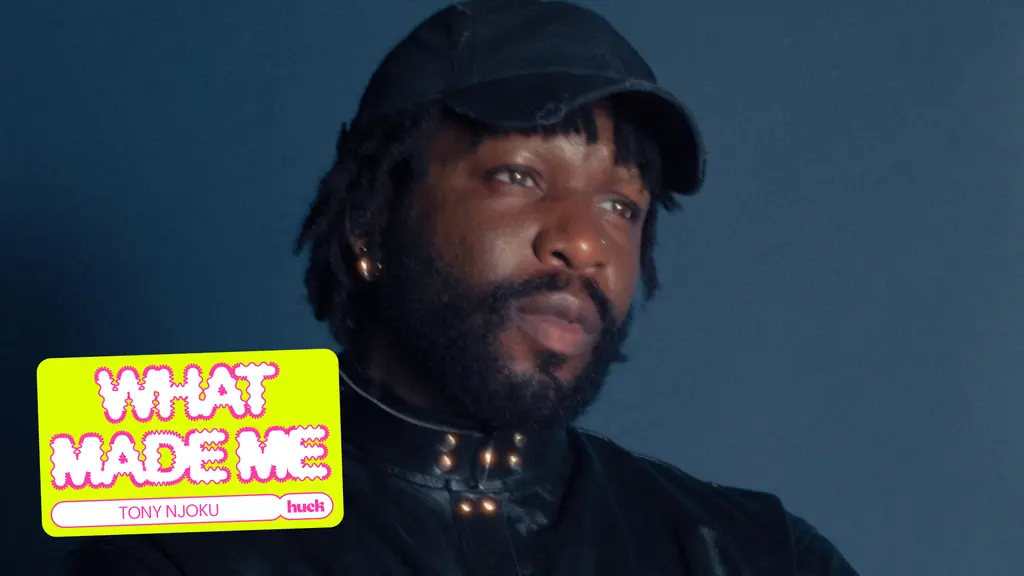In late 2018, musician Azealia Banks shared various screenshots of messages claiming that 37-year-old designer Alexander Wang “sexually assaults trans women and needs to be brought down”. These stories initially faded into obscurity, but they resurfaced last month after male model Owen Mooney posted a video about being groped without consent in a busy crowd by a ‘famous fashion designer’. “It made me freeze completely because I was in so much shock,” he said in a TikTok video, later confirming Wang as the designer in question.
Mooney’s revelation sparked an avalanche of similar accusations against Wang, which ranged from raping drunk models to spiking strangers’ drinks and pressuring them to have sex with him. These stories were quickly collated and shared by Instagram fashion sleuths Shit Model Management and Diet Prada, which has continued to post Instagram stories urging more victims to come forward. As calls to boycott his label intensified, Wang issued a lengthy statement describing the allegations as ‘false, fabricated’ and ‘baseless’, as well as blasting the sources for what he described as a lack of evidence and a lack of fact-checking.
Accusations like these, made against others, have been circulating for almost a decade. A growing list of voices – many of them trans or queer – is building, yet their claims have long been brushed under the rug and buried without consequence. Vogue published his statement and also cited testimonials by his PR firm to corroborate Wang’s insistence that he has done nothing wrong.
The same can be said of queer sexual assault victims more generally. In a summary of available research, the US-based Human Rights Campaign outlined that LGBTQ+ people are statistically more likely to experience sexual violence, for reasons which range from higher levels of homelessness to cultural stigma. Rape conviction rates are dismally low across the board – in England and Wales they fell to a record low in 2020, despite the global traction of the #MeToo movement – but in some countries, queer victims can still be hit with the ‘LGBTQ+ panic defence’, which ultimately argues that our queerness alone is enough to justify abuse against us. In others – 70, to be exact – queerness is still criminalised.
Stats aside, there’s comparatively little mainstream media coverage of queer sexual assault, let alone any in-depth attempts to unpack why it happens more often, and what can be done. News of ‘Grindr Murders’ and chemsex sometimes make headlines, but tabloid stories, in particular, are usually top-heavy on the seedy details and lacking any real nuance, which means they can risk doing more harm to the queer community than good.
Especially as the political tide continues to drift right, this nuance is crucial. The homophobic legacy of bills like Section 28, which stereotyped gay teachers as sexual predators and booted them from schools, still looms heavy today, especially in transphobic headlines used to deny our communities the rights they desperately need. Because we’re stereotyped so lazily, maliciously and frequently, sexual assault in queer communities needs to be discussed carefully. As any minority group knows, being treated as an individual is a privilege. Instead, when news of a queer sexual predator breaks, there’s inevitable fear that homophobes will weaponise their horrific actions against a broad, mythical ‘us’, giving us yet more bullshit to wade through when it comes to tackling these conversations in future.
Still, these discussions are needed because it is true that queer culture is hyper-sexualised: gay clubs routinely come with dark rooms, and on apps like Grindr, random dick pics and grainy hole shots are the norm. Pearl-clutching bystanders often try to weaponise this against us – usually during Pride, when the ‘think of the children!’ arguments are used to ban leather daddies from rainbow floats – but queer culture has long celebrated sex as a ‘fuck you’ to the sexual stigma that still lingers, a decades-old reminder of gross, homophobic AIDS coverage that painted us all as perverts.
It’s important not to sanitise queer culture – although its commodification is already doing the trick – and it’s also crucial to acknowledge that this hyper-sexualisation plays a part in the increased assault rates. In clubs where groping, flirting and fucking are the norm, it can feel difficult to establish when the lines of consent are being blurred.
Transphobia in the gay community, and trans-misogyny in particular, play a huge role here, too. It’s not unusual for trans women to be assaulted in the way that same of Wang’s alleged victims describe. In fact, a 2015 US survey showed it’s almost the norm – 47 per cent of respondents said they’d experienced sexual violence at some point in their life. But it’s still rare that these stories are taken seriously – and even now it’s not like allegations against Wang have sparked any widespread discussion about the treatment of trans victims. As the frequently deafening silence on trans assault and murder victims show, trans communities make headlines primarily when they’re being debated, dissected or scapegoated, often by straight, cisgender writers.
Platforming these issues without relying on prejudiced stereotypes needs to become a priority. The similarities between the Hollywood film industry – the breeding ground for the whitewashed #MeToo movement, which eventually brought Tarana Burke’s tireless activism into the mainstream – and the fashion industry are too numerous to count. Both are built on extreme hierarchy, endless networking and a vast web of often invisible, underpaid contractors, most of whom risk major repercussions for speaking out. Considering these facts, it shouldn’t be hard to understand why the last few years have seen a slew of allegations against high-profile photographers and fashion industry power-players.
Now, the focus should be on making sure the stories of queer and trans victims are treated with the care and respect they deserve. Grindr hookups and dark rooms aren’t going anywhere, and nor should they, but it’s worth unpacking the web of issues that makes discussing sexual assault in queer communities even more difficult. This is about so much more than individuals and perpetrators; it’s about working to understand the complexities of communities which have long been either vilified or ignored.
Follow Jake Hall on Twitter.
Enjoyed this article? Like Huck on Facebook or follow us on Twitter.
You might like

Inside New York’s underground ’60s & ’70s cruising scene
Cruising in the Shadows — For gay men in the pre-Liberation era, The Ramble in Central Park was a secretive hotspot to find love and connection. Arthur Tress was there to capture the glances, gestures and pleasures.
Written by: Miss Rosen

Transphobia is the main reason why people ‘detransition’, according to new survey
Transphobia’s toll — The largest ever survey of its kind found that just 9% of respondents had "gone back to living as their sex assigned at birth at least for a little while at some point in their lives”, with the biggest reason being discrimination, harassment and being shunned by friends and families.
Written by: Ella Glossop

Tony Njoku: ‘I wanted to see Black artists living my dream’
What Made Me — In this series, we ask artists and rebels about the forces and experiences that shaped who they are. Today, it’s avant-garde electronic and classical music hybridist Tony Njoku.
Written by: Tony Njoku

The forgotten women’s football film banned in Brazil
Onda Nova — With cross-dressing footballers, lesbian sex and the dawn of women’s football, the cult movie was first released in 1983, before being censored by the country’s military dictatorship. Now restored and re-released, it’s being shown in London at this year’s BFI Flare film festival.
Written by: Jake Hall

How trans rights activism and sex workers’ solidarity emerged in the ’70s and ’80s
Shoulder to Shoulder — In this extract from writer Jake Hall’s new book, which deep dives into the history of queer activism and coalition, they explore how anti-TERF and anti-SWERF campaigning developed from the same cloth.
Written by: Jake Hall

Stand Up Paddle Boarding
Screw It! — Miles Masterson vents his frustration as the stand up paddle boarding apocalypse sweeps his homebreak.
Written by: Miles Masterson


